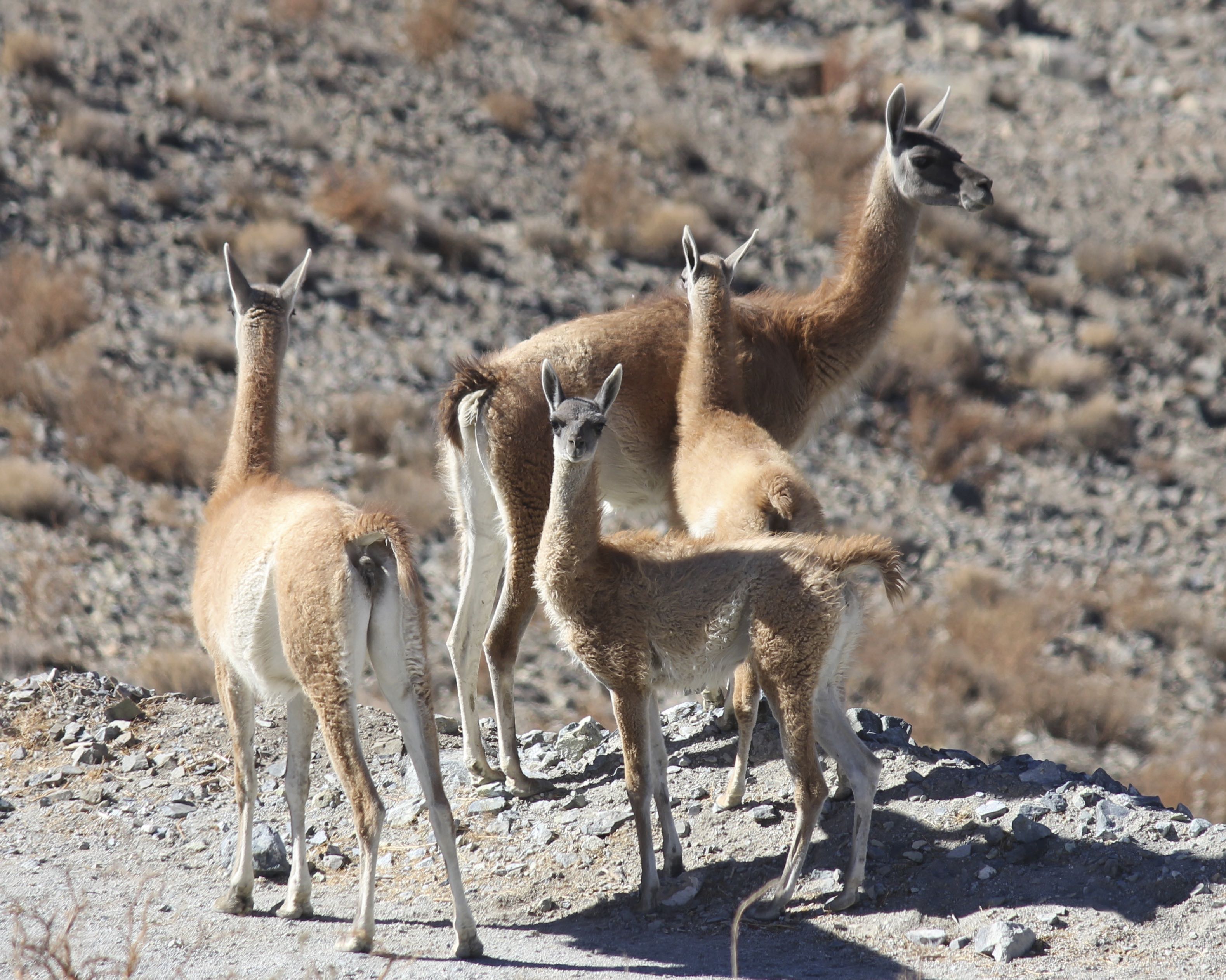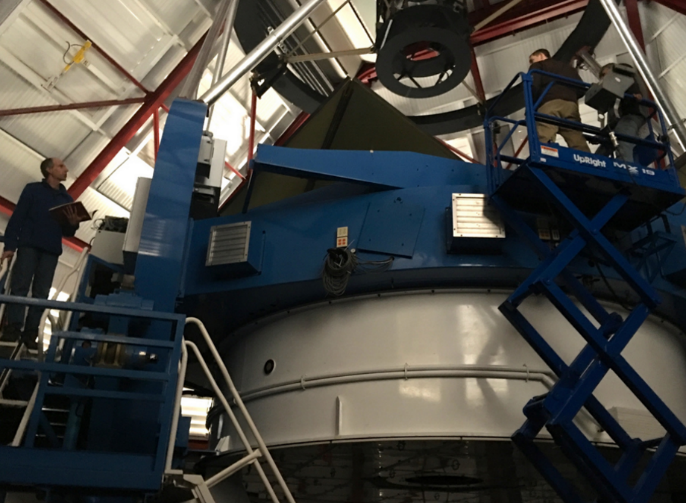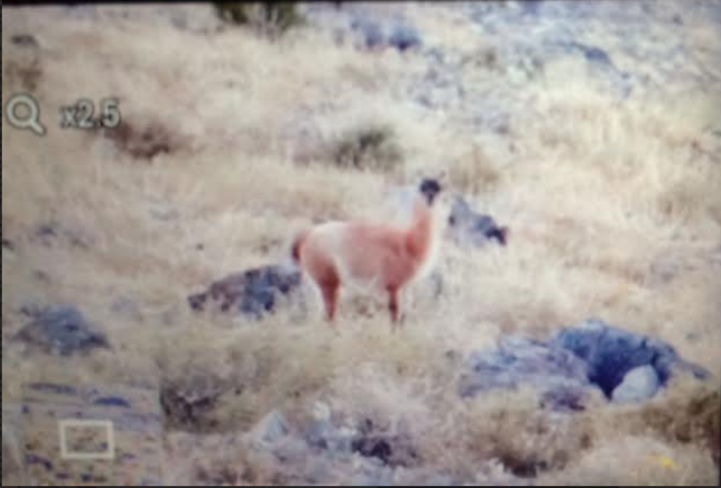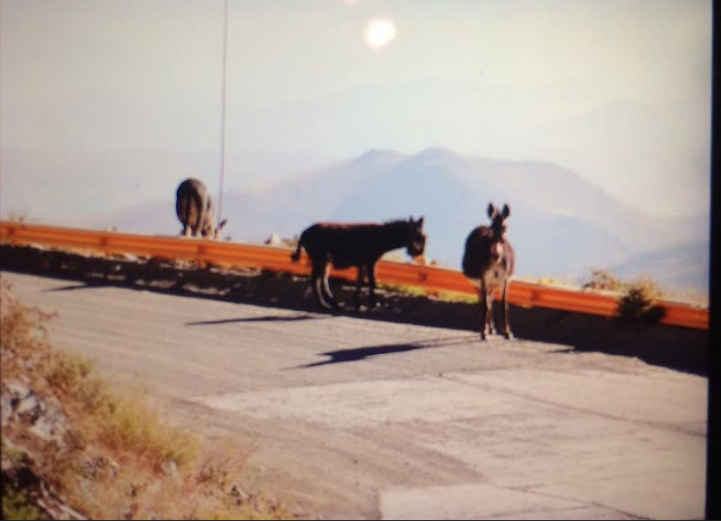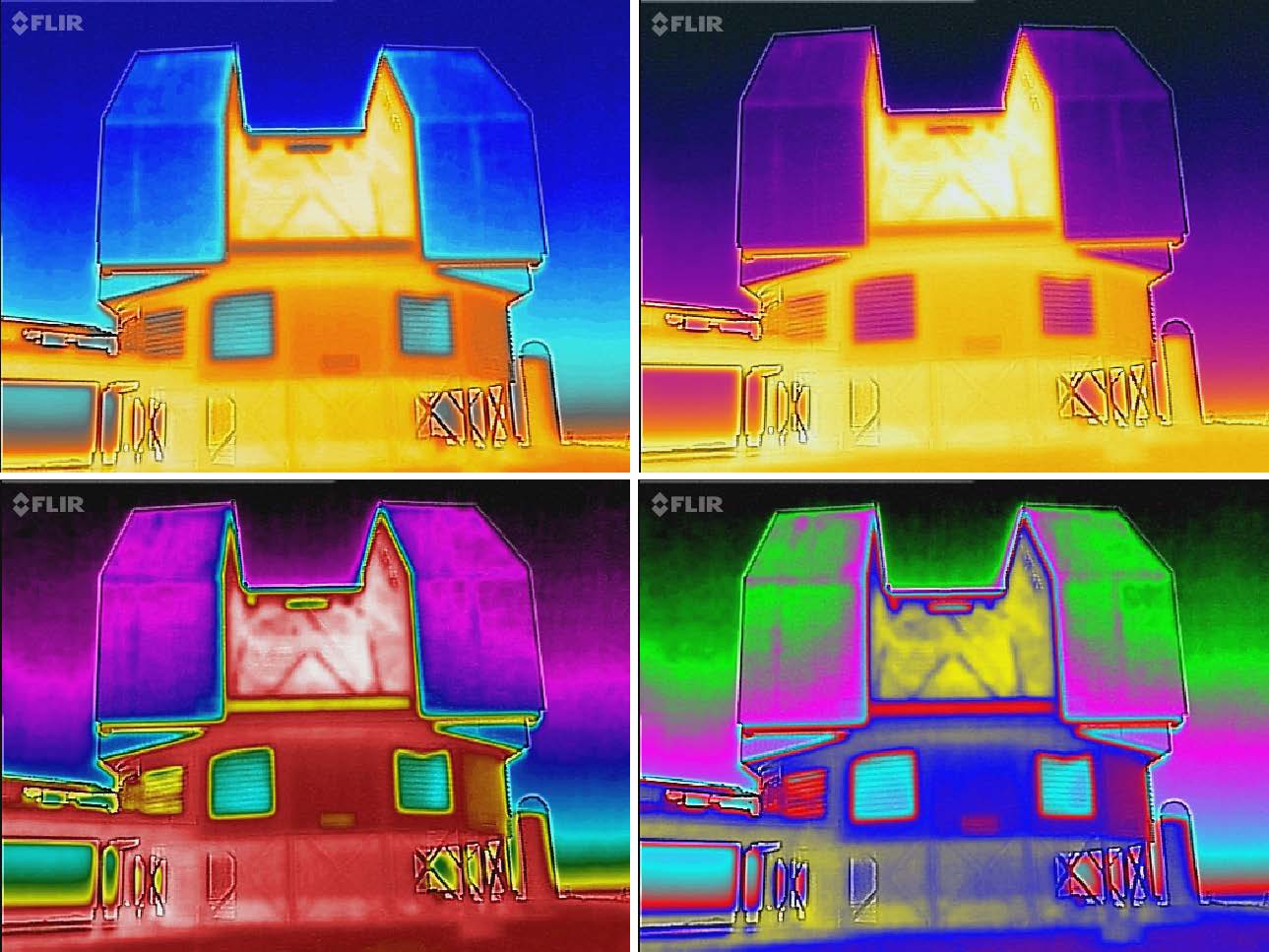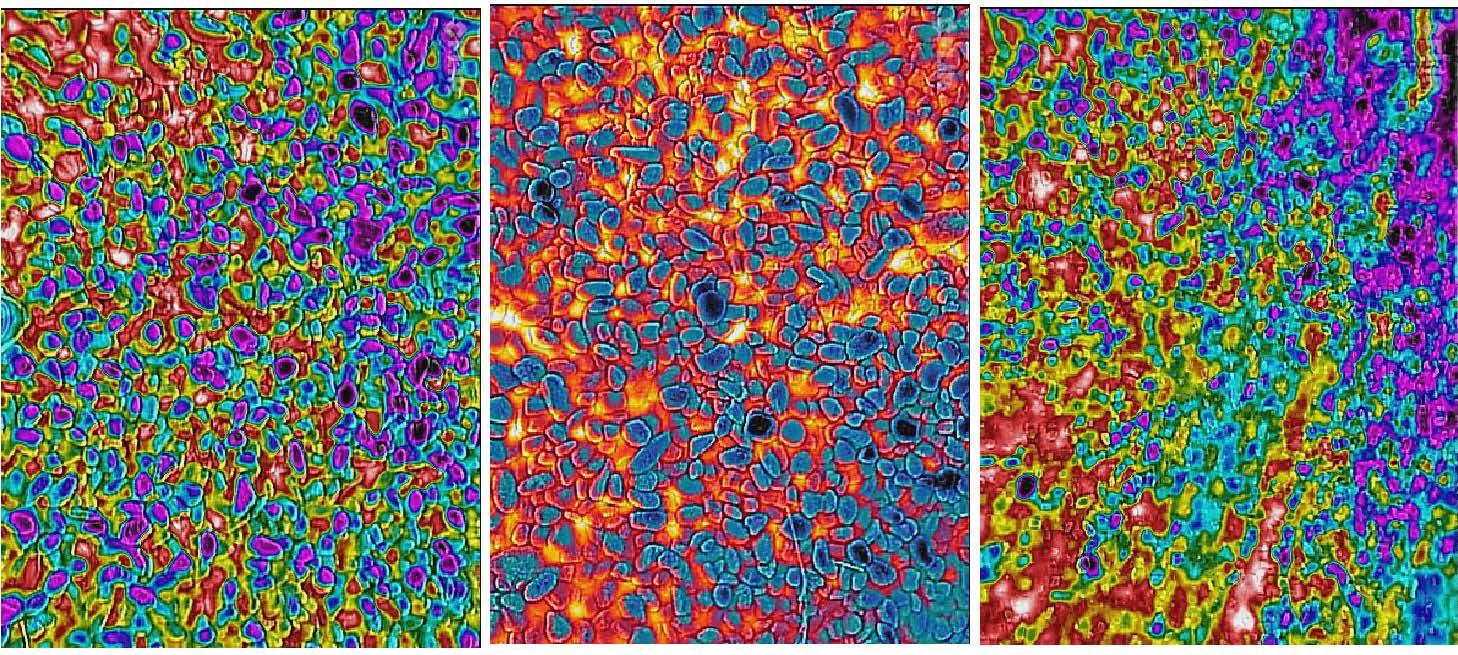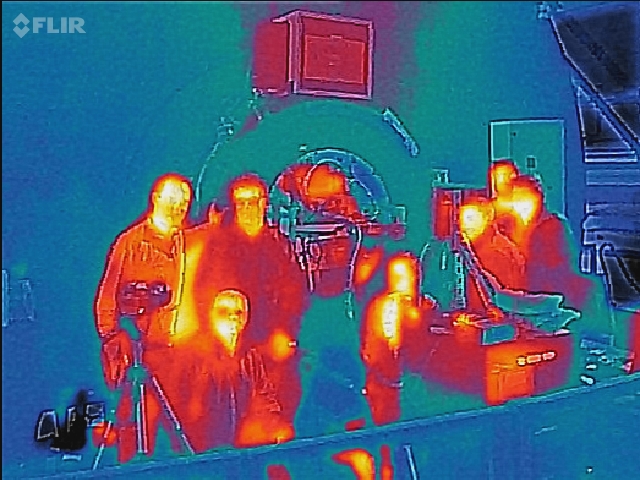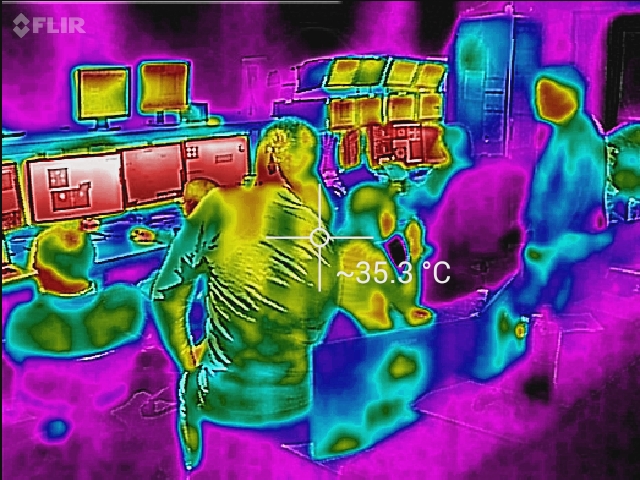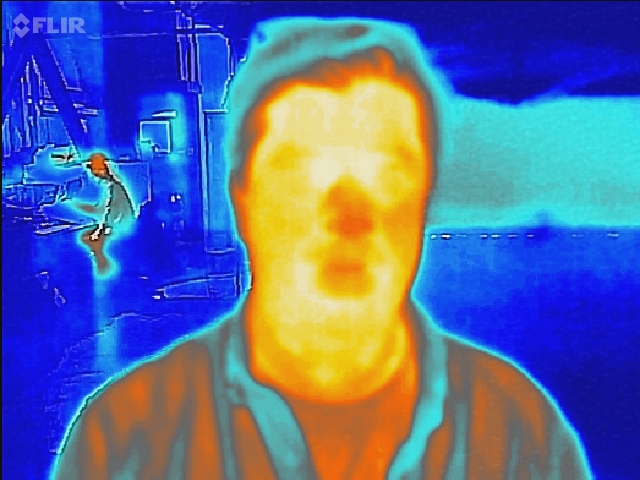We made it back home! The strike ended the day we flew out so we didn’t end up riding the bus from La Serena to Santiago, but thanks to Nelda for arranging that so that we were sure to get there either way. And thanks to Juan Gallardo and the rest of the crew for their careful work removing the ASM and the Nas from the Clay in 1 day so that we could get home in time for the holidays! After 32 hours of travel and 4 airplanes, 2 buses, 5 taxis, and 1 tram, we are happy to be safe and sound in Tucson. And here’s what I got to enjoy after jump-starting my car, eating, showering, and napping:

We had 25 nights of MagAO+VisAO+Clio and 3 nights of MagAO+VisAO+PhaseCam. It was a good run for the 25 MagAO+VisAO+Clio nights which involved planets, disks, and other exciting science; and fun for us to see a new instrument mounted behind MagAO and playing well with VisAO for the 3 nights testing the GMT AGWS prototype PhaseCam. Amali Vaz and Kim Ward-Duong came from Arizona and ASU to help out, and we had observers from Arizona, Carnegie, Chile, Harvard, Michigan, and Stanford.
A lot happened this run! Amali won the first MagAO blog prize; Our paper by Sallum, Follette, et al. on the discovery of hydrogen accretion onto proto-planet LkCa 15 b was published; Our paper Morzinski et al. on the first empirical measurement of the energy of young super-Jupiter beta Pic b went from accepted to proofs to published; MagAO results were featured on the home page of the NASA Exoplanet Science Institute; Jared’s new collaborators came for a visit (more on that later); and we managed to stay happy and healthy thanks to the great staff at LCO and El Pino!
For the song of the day, we started with You’ll Never Leave Harlan Alive:
and ended with Pequeña serenata nocturna de Mozart, primer movimiento (Allegro):
Thanks to all our great bloggers this run for playing the song-of-the-day game!
And finally, thanks to NSF, NASA, NExScI Sagan, and UA for supporting our instrument and work, and all our family and friends at home who help take care of our Tucson-side lives while we are away for 5+ weeks at a time. Happy holidays and best wishes for 2016.








